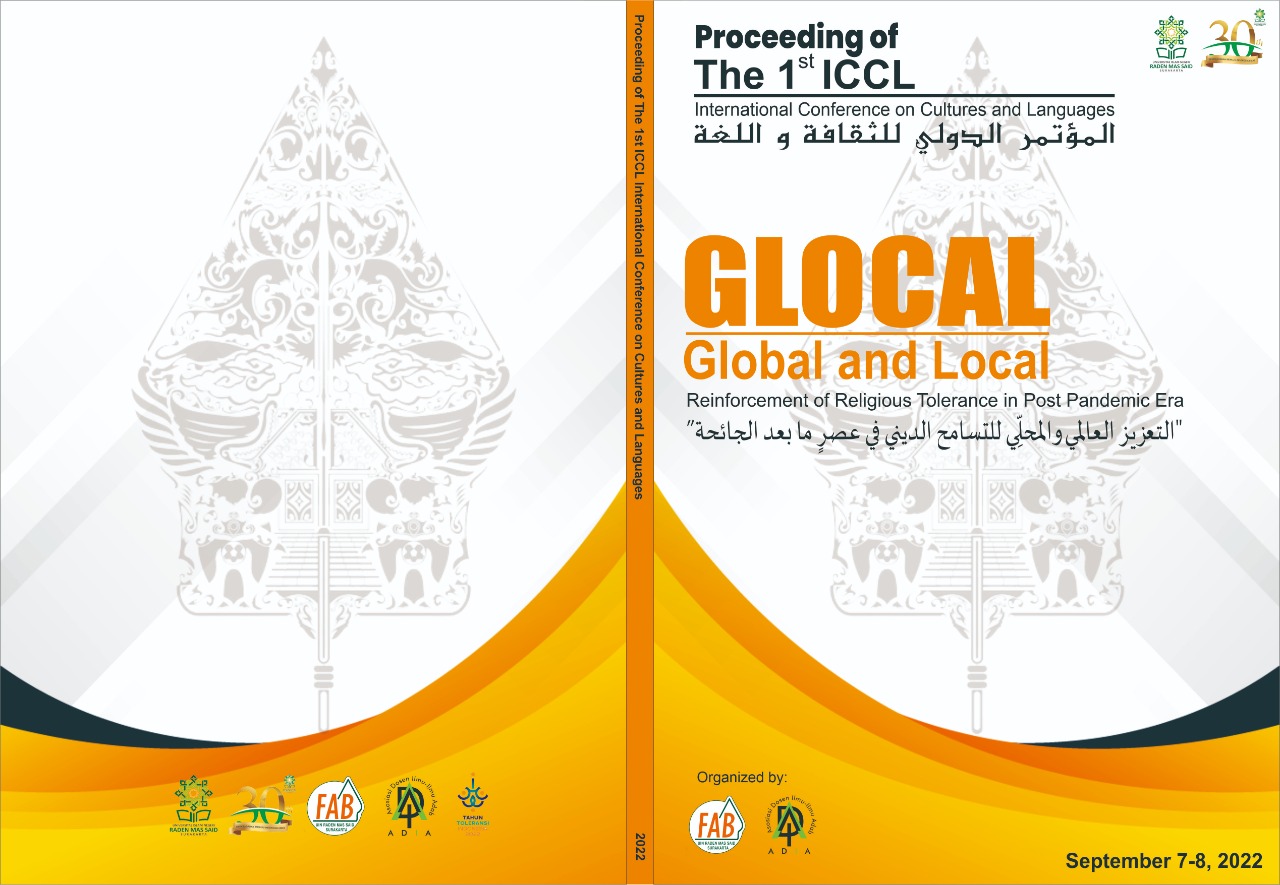Islam dan Pluralisme : Reinterpretasi Konsep al- Ḥanīfiyyah dan as- Samḥah dalam Hadis Nabi
Keywords:
al-Ḥanīfiyyah, as-Samḥah, Hermeneutics, Pluralism, ToleranceAbstract
This study reinterprets the meaning of al-ḥanīfiyyah and as-samḥah so that it has a wider contextualization. The portion of tolerance in Islam tends to be greater in the divine religions, namely Christianity and Judaism or the religion commonly called the Hanif religion which has similar genealogy and teachings. The world or non-celestial religions then experienced animitation and were considered primitive. Negative labeling continues to be intertwined with the dominance of divine religion. This outdated concept certainly needs a new, more universal interpretation, considering that discrimination between religions has become a terrible scourge today. The author in dissecting the hadith which reads "'Which religion is most loved by Allah? So he said: 'al-ḥanīfiyyah as-samḥah." using Hans-Georg Gadamer's Hermeneutics which includes Historically Effected Consciousness, Pre-understanding, Fusion of Horizons, and Application. Gadamer states that interpretation is the fusion of several horizons, namely the horizon of the writer, interpreter or reader, both past and present. Thus the meaning will be dynamic beyond the author himself. This theory is used because it has flexibility in meaning based on the reader's horizon so that it can be the basis for religious moderation. The results of this paper find that, al-ḥanīfiyyah can mean all religions that are believed by their adherents to be the straight truth without having to demean other religions. as-Samḥah can mean a religion that is tolerant and does not discriminate against others, of course this meaning applies to all religions and even beliefs. The implications of this interpretation make Islam accept the concept of religious pluralism. The similarity of religion is basically at the level of transcendence, esoteric, and essence, not immanent (shari'ah).


